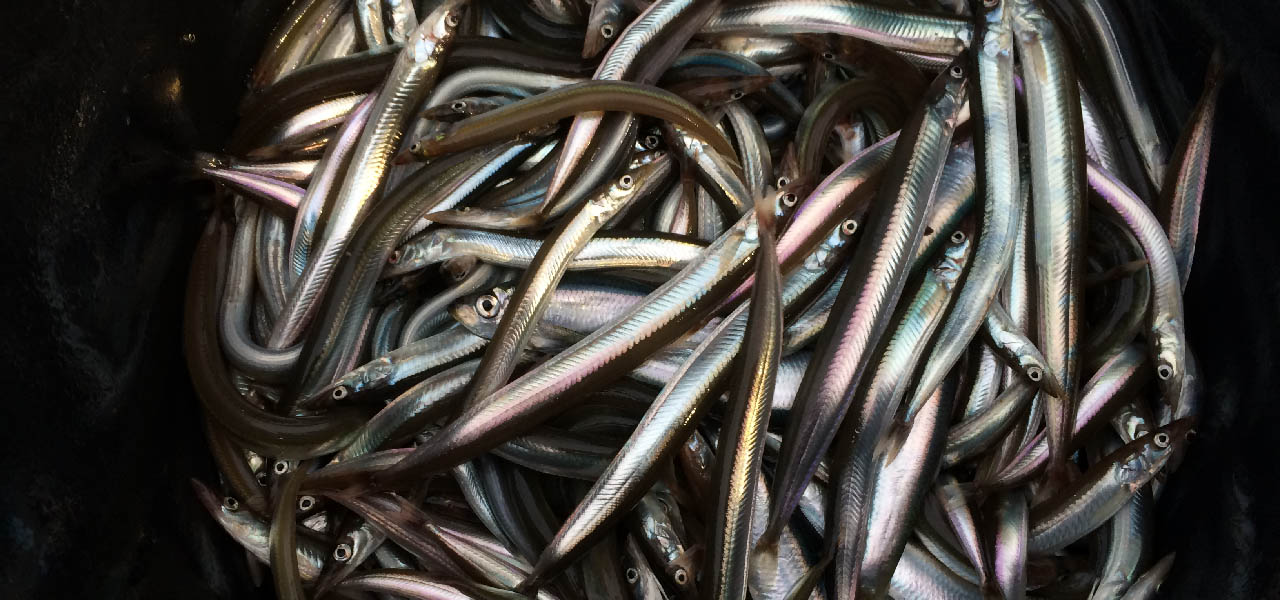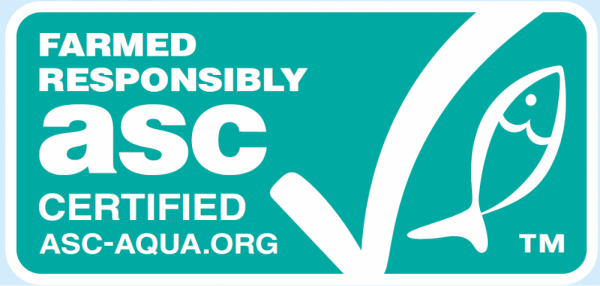
Fishmeal and fish oil
Quality
The raw material used for the production of fishmeal and fish oil goes through a production process, which simplified consists of boiling, separation, drying and grinding.
100 kilos of raw material can produce roughly 20 kilos of fishmeal and 5 kilos of fish oil. The production is subject to strict quality control to ensure that the fishmeal and fish oil are unadulterated and maintain a high nutritional value true to their nature.
Some of the quality control points taken into consideration during the process of fishmeal and fish oil are:
- Raw material freshness: This is important in its effect on the quality of the protein in the product. The time between catching the fish and processing should be minimised and the fish should be stored in ice/refrigerated water in order to minimise spoilage.
- Processing temperature exposure: Process control in the factory is necessary for the manufacture of high quality fishmeal. Gentle cooking (90°C or under) and drying (90°C or under) improve nutritional value – especially digestibility and during this process any harmful bacteria in the fish are killed.
- Fat stability: There are a high proportion of polyunsaturated fatty acids in fat fishmeal – omega-3 long chain, especially EPA and DHA. These are susceptible to oxidation (rancidity). Thus, the use of an antioxidant is desirable for the oily species, especially in hot climates.
- Hygiene: A high standard is kept throughout the handling in order to and a proper factory cleaning scheme is necessary.
Quality assurance schemes ensure that products are traceable, safe and pure.
- Traceability: Fishmeal and fish oil should be traceable from user (feed compounder) back to the producer including transportation and storage.
- Safety: Fishmeal and fish oil must be safe and should meet all legislative requirements for contaminants, purity, free from pathogenic organisms and mycotoxins, without natural toxins, etc.
- Purity: Fishmeal and fish oil must be produced in factories that handle only fish or other sea animals such as crustaceans or molluscs and no other type of animals such as mammals or birds. Sensitive tests are available to ensure no contamination occurs throughout the handling chain.

